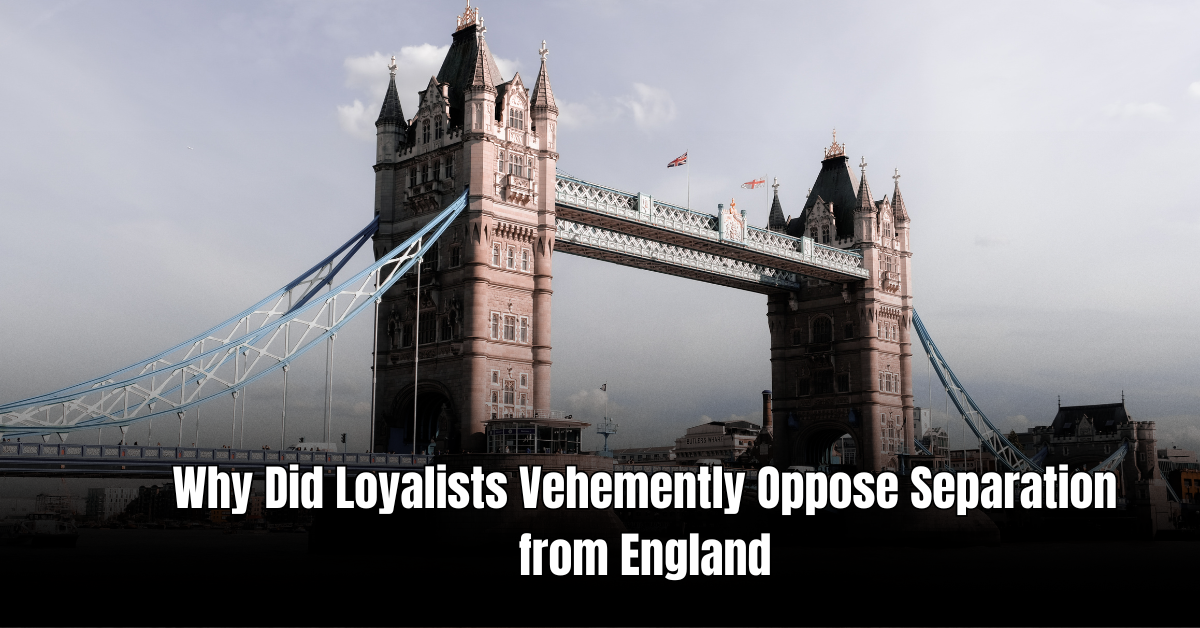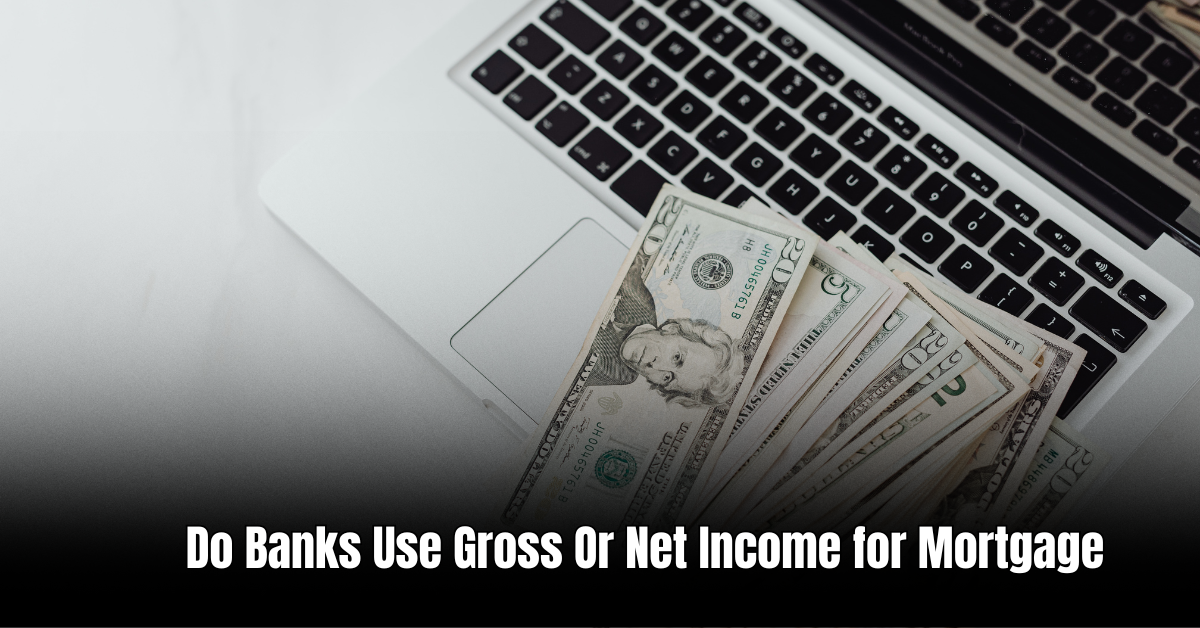The Constitution does not explicitly state the phrase “separation of church and state.” However, it does establish the principle through the First Amendment, which prohibits the establishment of religion by the government.
This principle has been interpreted by the Supreme Court to mean that the government should not favor or promote any particular religion. The separation of church and state is a fundamental principle in the United States that ensures the government does not infringe upon religious freedom or endorse any specific religious beliefs.
While the precise phrase “separation of church and state” does not appear in the Constitution, the First Amendment serves as the basis for this principle. This amendment prohibits the government from establishing or favoring any religion, guaranteeing the right of individuals to freely exercise their own religious beliefs. Over the years, the Supreme Court has interpreted this principle to maintain a clear separation between religion and government, ensuring neutrality and safeguarding the religious rights of all citizens. We will explore the origins and significance of the separation of church and state in the United States.
The Historical Context Of Church And State In The Us
The early colonial period laid the foundation for the concepts of church and state in the United States. Many of the early settlers were religious dissidents fleeing persecution in Europe, seeking religious freedom and autonomy. This led to the establishment of various religious communities and traditions across the colonies.
The influence of the Enlightenment further shaped the understanding of church and state. During this intellectual movement, ideas of individual rights, religious tolerance, and the separation of powers gained prominence. Thinkers like John Locke and Thomas Jefferson championed the notion that religious beliefs should be a matter of personal choice and free from interference by the government.
The revolutionary era was a turning point in the relationship between church and state. As the American colonies sought independence from British rule, an emphasis on individual freedoms and liberty emerged. This sentiment was reflected in the Constitution, which introduced the First Amendment to ensure that the government would not establish or favor any particular religion.
The Framers’ Intentions Regarding Religion And Government
According to the Constitution, the phrase “separation of church and state” does not appear explicitly. However, the Framers of the Constitution did have intentions regarding religion and government. They considered religious freedom as a core value and aimed to ensure that the government would not establish a national religion or interfere with individuals’ religious beliefs and practices. The debates over church-state relations are rooted in interpretations of the First Amendment. This amendment, which was added to the Constitution in 1791, states that “Congress shall make no law respecting an establishment of religion, or prohibiting the free exercise thereof.” Its origins and purpose were to protect religious freedom and prevent the government from favoring or oppressing specific religions. The First Amendment’s guarantee of religious freedom has been interpreted and applied differently throughout history, leading to ongoing discussions and legal disputes.
The First Amendment: Examining The Text
The First Amendment of the United States Constitution is often cited in discussions about the separation of church and state. The text of the amendment states, “Congress shall make no law respecting an establishment of religion, or prohibiting the free exercise thereof.” These words form the basis of the Establishment Clause and the Free Exercise Clause, which are two central components of the First Amendment.
The Establishment Clause ensures that the government does not establish an official religion or show preference for any particular religious belief. This means that Congress cannot pass laws that promote or endorse a specific religion. The intent of this clause is to maintain religious neutrality and protect individuals from government-imposed religious practices.
The Free Exercise Clause guarantees the right to practice one’s religion freely without government interference. It prevents Congress from passing laws that restrict or prohibit the free exercise of religion. This clause allows individuals the freedom to worship and follow their own religious beliefs without fear of persecution or discrimination.
Supreme Court Interpretations Of The First Amendment
The interpretation of the First Amendment by the Supreme Court has played a significant role in shaping the concept of separation of church and state. One notable case is Lemon v. Kurtzman, which established the Lemon Test. According to this test, government actions must have a secular purpose, should not promote or inhibit religion, and should not result in excessive entanglement between the government and religion.
Another important case is Everson v. Board of Education, where the Supreme Court coined the term “wall of separation” between church and state. This case clarified that the Establishment Clause prohibits government entities from promoting or endorsing any specific religion.
Furthermore, Engel v. Vitale addressed the issue of prayer in public schools. The Supreme Court ruled that school-sponsored prayer is unconstitutional, as it violates the Establishment Clause. This case reinforced the principle of separation of church and state in the context of public education.
Debunking The Myth: The Constitution’s Silence On Separation
Does the Constitution Say Separation of Church And State?
Debunking the Myth: The Constitution’s Silence on Separation
Originalist Interpretations: Original Intent vs. Living Constitution
Misconstruing Jefferson’s “Separation of Church and State”
Correcting Misinterpretations: Historical Evidence and Scholarly Consensus
The concept of “separation of church and state” has been widely debated in relation to the United States Constitution. While the phrase itself does not appear in the Constitution, many misconceptions have arisen regarding its meaning and implications. Originalist interpretations of the Constitution emphasize discerning the original intent of the framers, while proponents of the living Constitution argue for a more flexible and evolving approach to interpretation.
It is essential to revisit Thomas Jefferson’s famous letter to the Danbury Baptists in 1802, often cited as the basis for the concept of separation. This correspondence aimed to reassure the Baptist community that the government would not interfere with their religious practices. However, this does not constitute a legal doctrine or establish strict boundaries between church and state.
To gain a comprehensive understanding, it is crucial to examine historical evidence and scholarly consensus. Legal experts and historians agree that the establishment clause of the First Amendment prohibits the government from establishing a national religion or impeding the free exercise of religion. However, it does not mandate a complete separation between religion and government in all aspects.
Reconsidering The Meaning Of Separation
Does the Constitution Say Separation of Church And State
The Scope Of Government Neutrality: Accommodation Vs. Endorsement
When considering the concept of separation between church and state, it is crucial to contemplate the boundaries of government neutrality. Rather than solely endorsing or accommodating any particular religion, the government should aim to strike a delicate balance between religious freedom and state interests. This balance is essential for maintaining a fair and inclusive society.
Recognizing the importance of pluralism and religious diversity is key in this discourse. Upholding religious freedom allows individuals to practice their beliefs without hindrance. Simultaneously, the state must ensure that its actions do not favor or promote any specific religion over others. Such neutrality is vital to respecting the diverse range of beliefs within a society.
By embracing this nuanced perspective, we can better understand the Constitution’s intention regarding the separation of church and state. It encourages government neutrality and underscores the significance of protecting religious freedom while preserving the state’s interest in maintaining a harmonious society.
The Role Of Religion In American Society Today
The role of religion in American society today is a topic that continues to generate debate and discussion. While the Constitution does not explicitly state a separation of church and state, the First Amendment does protect the freedom of religion and prohibits the government from establishing a state religion. This has led to a delicate balance between individual rights and state interests.
Religion holds significant influence in public life, shaping political debates and policies. It plays a role in shaping public opinion and often informs individuals’ values and beliefs. However, controversies arise when it comes to religious displays and symbols in public spaces. The question of whether these displays violate the separation of church and state is a matter of interpretation.
Addressing these challenges, policymakers must carefully consider the competing interests at play. They must strike a balance between protecting individual rights to religious expression and avoiding the establishment of a state religion. This requires a careful examination of the specific context and potential impacts of any religious display or symbol.
Overall, the role of religion in American society today is complex and multifaceted. It continues to shape public life and elicit spirited discussions on the boundaries between religious freedom and the separation of church and state.
Frequently Asked Questions For Does The Constitution Say Separation Of Church And State
Is The Phrase “separation Of Church And State” In The Constitution?
No, the phrase “separation of church and state” is not found in the Constitution.
What Does The Constitution Say About Religion And Government?
The Constitution’s First Amendment prohibits the government from establishing a religion or interfering with citizens’ religious practices.
Does The Constitution Guarantee Separation Of Church And State?
While the Constitution does not explicitly mention the phrase, it does protect the principle of separation between religion and government.
How Does The Supreme Court Interpret Separation Of Church And State?
The Supreme Court has interpreted separation of church and state as maintaining a clear and neutral relationship between religion and government.
Why Is Separation Of Church And State Important?
Separation of church and state ensures that the government remains impartial and respects the religious freedom of all citizens.
Have There Been Any Legal Challenges Regarding Separation Of Church And State?
Yes, there have been various legal challenges throughout history to ensure a proper balance between religion and government according to the Constitution.
Conclusion
Based on a close examination of the Constitution, it is clear that the phrase “separation of church and state” is not explicitly mentioned. However, the Founding Fathers’ intentions can be inferred from their writings and the establishment and free exercise clauses.
While the Constitution does not explicitly state the separation, it lays the foundation for the protection of religious freedom and the prevention of government interference in religious matters. It is important to understand the historical context and interpretations to have a nuanced understanding of this complex issue.
Ismail Hossain is the founder of Law Advised. He is an Divorce, Separation, marriage lawyer. Follow him.




Leave a Reply